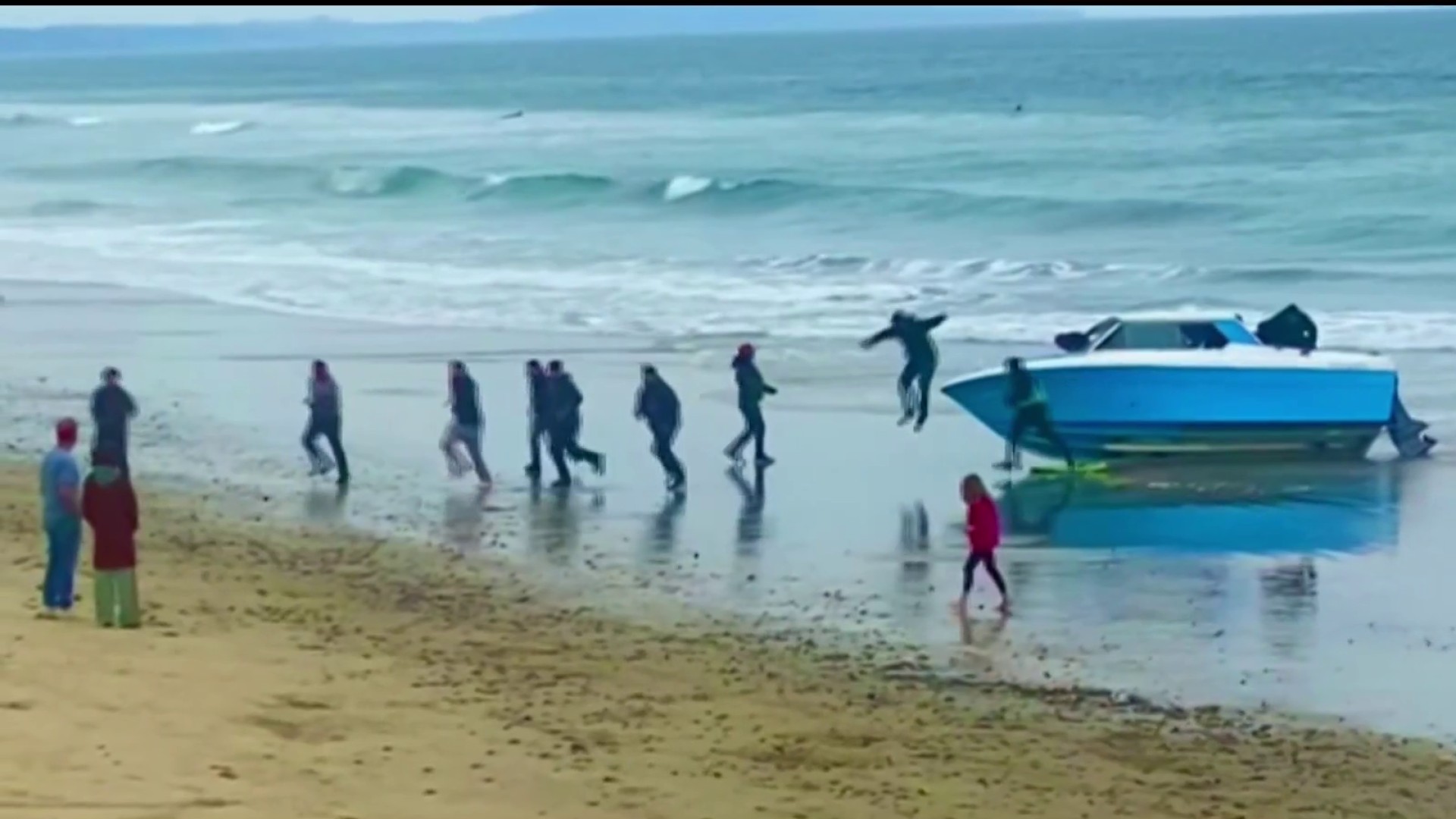San Diegans are long overdue for better streets, parks and neighborhoods.
Now, thanks to an economic upswing that's boosted city finances, all that may starting happening in a hurry, especially in long-neglected neighborhoods where playing fields have been most tilted against folks of limited means.
"It's not going to happen overnight,” said Encanto resident Ken Malbrough, a retired city employee of 31 years. “It takes a lot of money to catch up with how these communities have been under-served."
Malbrough was among onlookers at a noon-hour news conference Monday in Skyline Hills, during which Mayor Kevin Faulconer unveiled his proposed $3.2 billion budget for the fiscal year that starts July 1.
"I'm actually pretty uplifted about how the economy -- nationwide and locally -- is starting to pick up,” Malbrough told NBC 7. “I'm going to stay positive about it. Because that's how we get things done."
The city now has $73 million in fresh money to spend as a result of higher property, sales and hotel tax revenues now flowing into the treasury – money the mayor and city councilmembers hope to pour into streets, parks and public services that'll make more of a difference in people's daily lives.
Longstanding cuts in library and rec center hours will be restored -- with more of the budget money going to underwrite police salary increases, quick-response fire teams, and the hiring of more "code compliance" officers to crack down on slumlords and dozens of illegal pot dispensaries.
Local
After a decade of tight budgets and stagnation of municipal services, constituents in the less-affluent 3rd, 4th and 8th council districts are hoping for a major redress of inequitable allocations or funding that merely chased more infrastructures needs than existed in other districts.
"It appears to me that all the money has been north of (Interstate) 8, and it's about time the money comes south of 8,” said Rev. Walter Wells, pastor of Mount Erie Baptist Church. "It’s made us feel actually like second and third class citizens because of the fact that people in this area pay just as much in taxes as people in the other areas."
Said Faulconer, apparently addressing that perspective: “This budget is an opportunity to ensure that all communities are sharing in a turnaround. We want to close the gap.”
His spending plan -- $1.3 billion earmarked for operational functions and the rest for capital improvement projects -- calls for 300 miles of fixes to city streets, more than double the annual average of past years.
"It downgrades San Diego as a whole by having the streets looking so bad,” said Darrell Jennings, another retired city employee who grew up – and still lives in – Skyline Hills.
“And it's just pathetic that it's taken so long,” Jennings added. “But he's (Faulconer) here today, we'll see what his plans are and how long it's going to take. And is anything really going to get done?"
The city council will get its first crack at the mayor's proposal on Tuesday.
Starting early next month, there'll be a series of hearings focusing on specific operations.
Among purposes getting new or higher funding that might not have been predictable in past budget cycles are $2.4 million to help expedite processing and archiving of police body-camera video, and $2.4 million for expanded tree-trimming operations.
In late 2012, a jury awarded $7.6 million in damages to a Mission Hills man who wound up paralyzed by a falling tree that was found to be the city’s legal liability.



